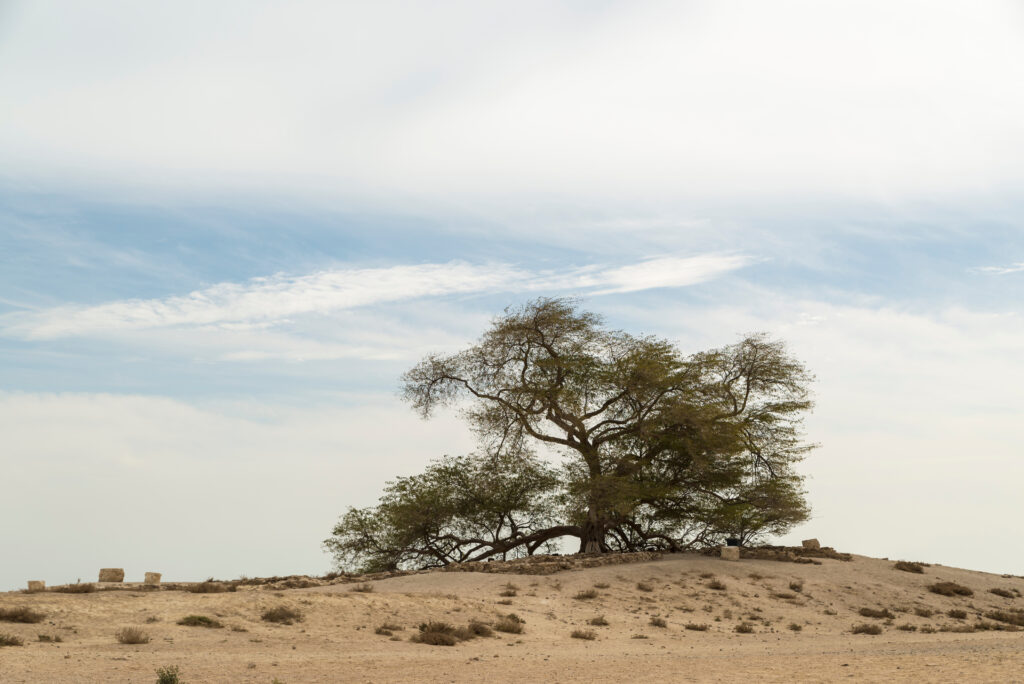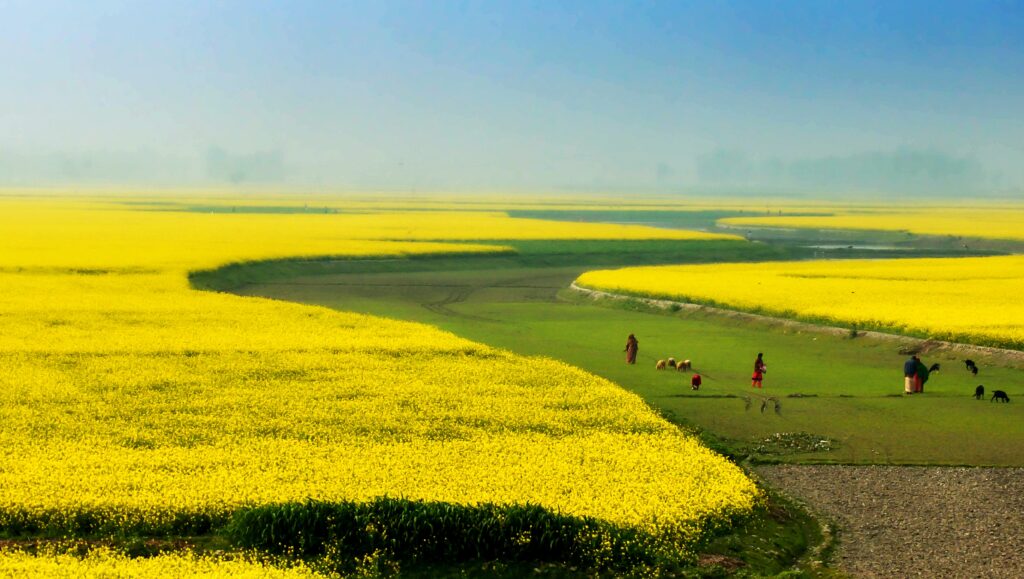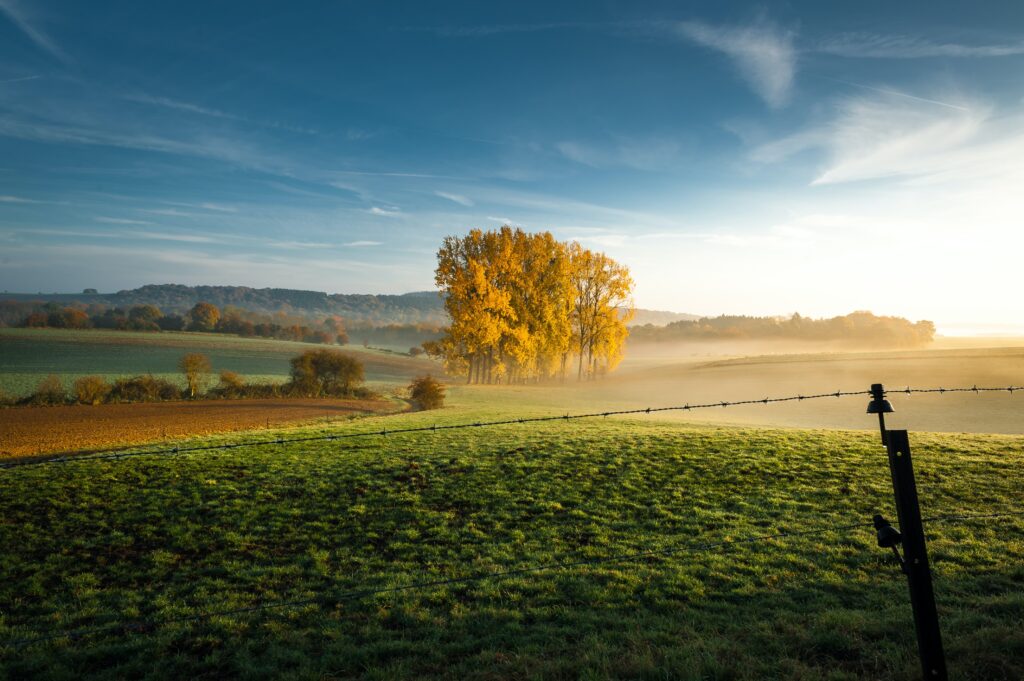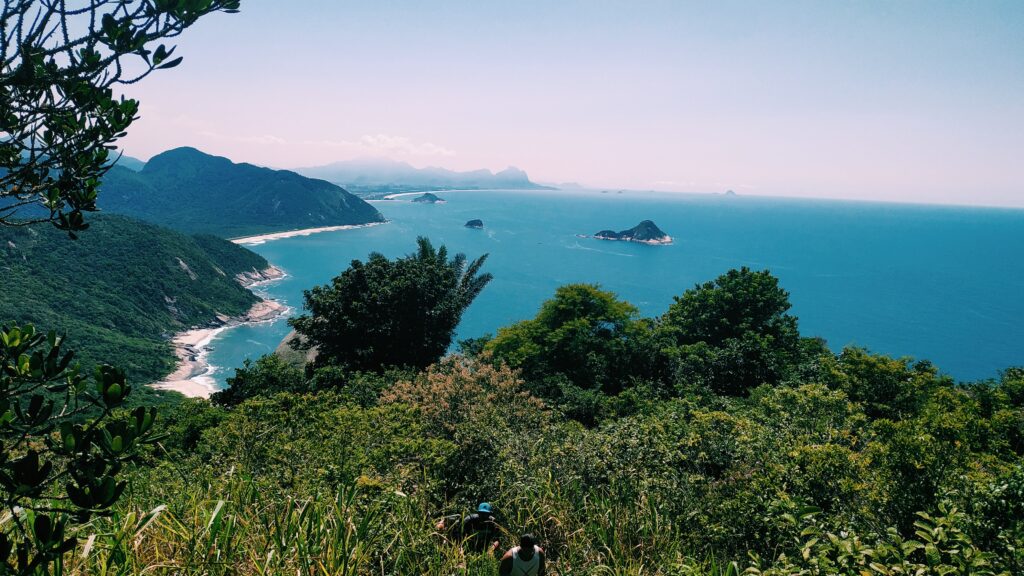

Russia
- Home
- Which-Half?
- National Report Cards
- Russia
SPI: 47.22
Species Protection Index Average: 42
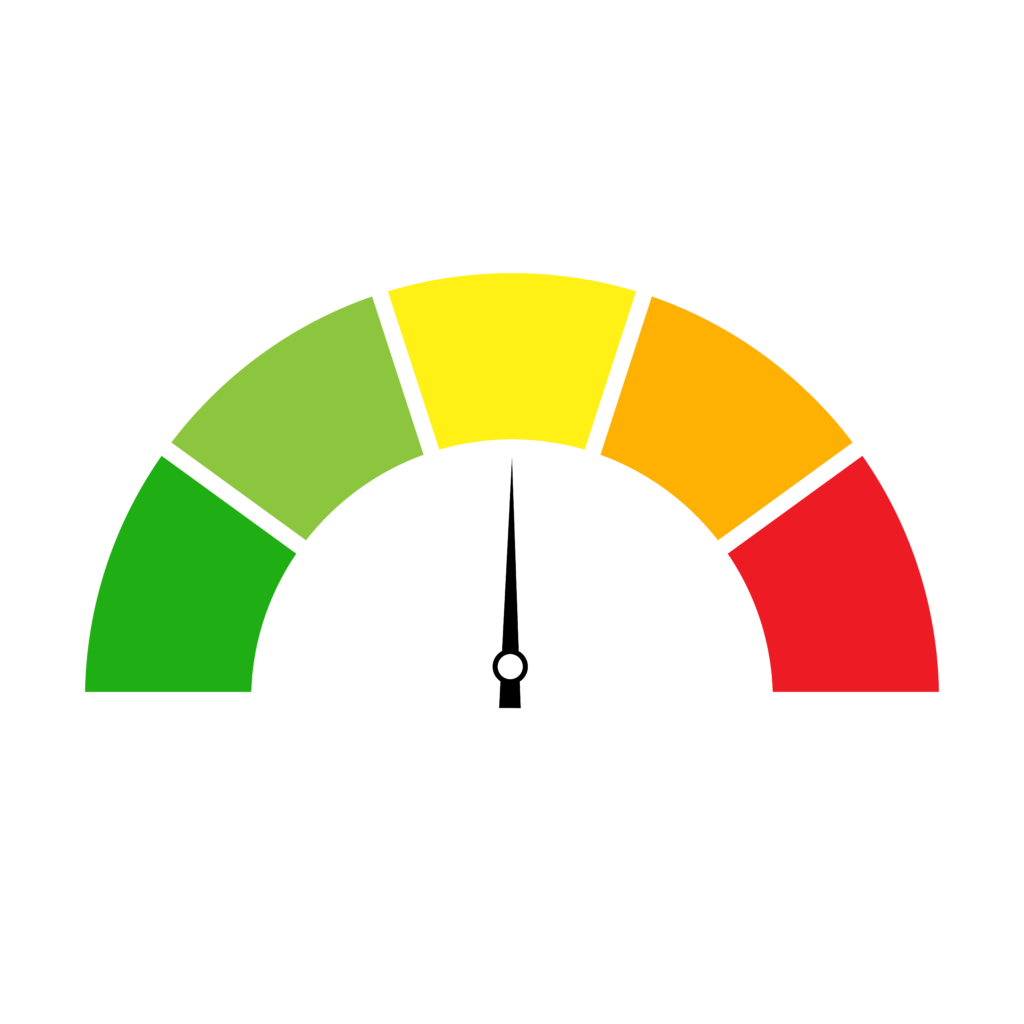

National Report Card: Russia
Russia extends to the Arctic Ocean in its north and the Pacific Ocean to the west. Its terrain spans plains and low hills, highlands and volcanic mountains, as well as coniferous forest and tundra. It includes the sources of the Ural and Dnieper Rivers and the mouth of the Amur River. Russia also borders the Caspian Sea, which is the largest saltwater lake in the world. Lake Baikal in Russia contains one-fifth of the world’s fresh surface water. Most of the country is used for human activities, in its majority by rainfed agriculture.
Russia has high biodiversity rarity of terrestrial land vertebrates at a global scale. When analysed as single taxons, the rarity of birds, mammals and reptiles is also high. The rarity of marine fish and mammals is also high. Challenges to biodiversity include air pollution; water and coastal pollution; deforestation; soil erosion; nuclear waste disposal and radioactive contamination.
11%
of land currently protected
839
total land vertebrate species
40
endemic land vertebrate species
Species of significant conservation interest
Amur Leopard
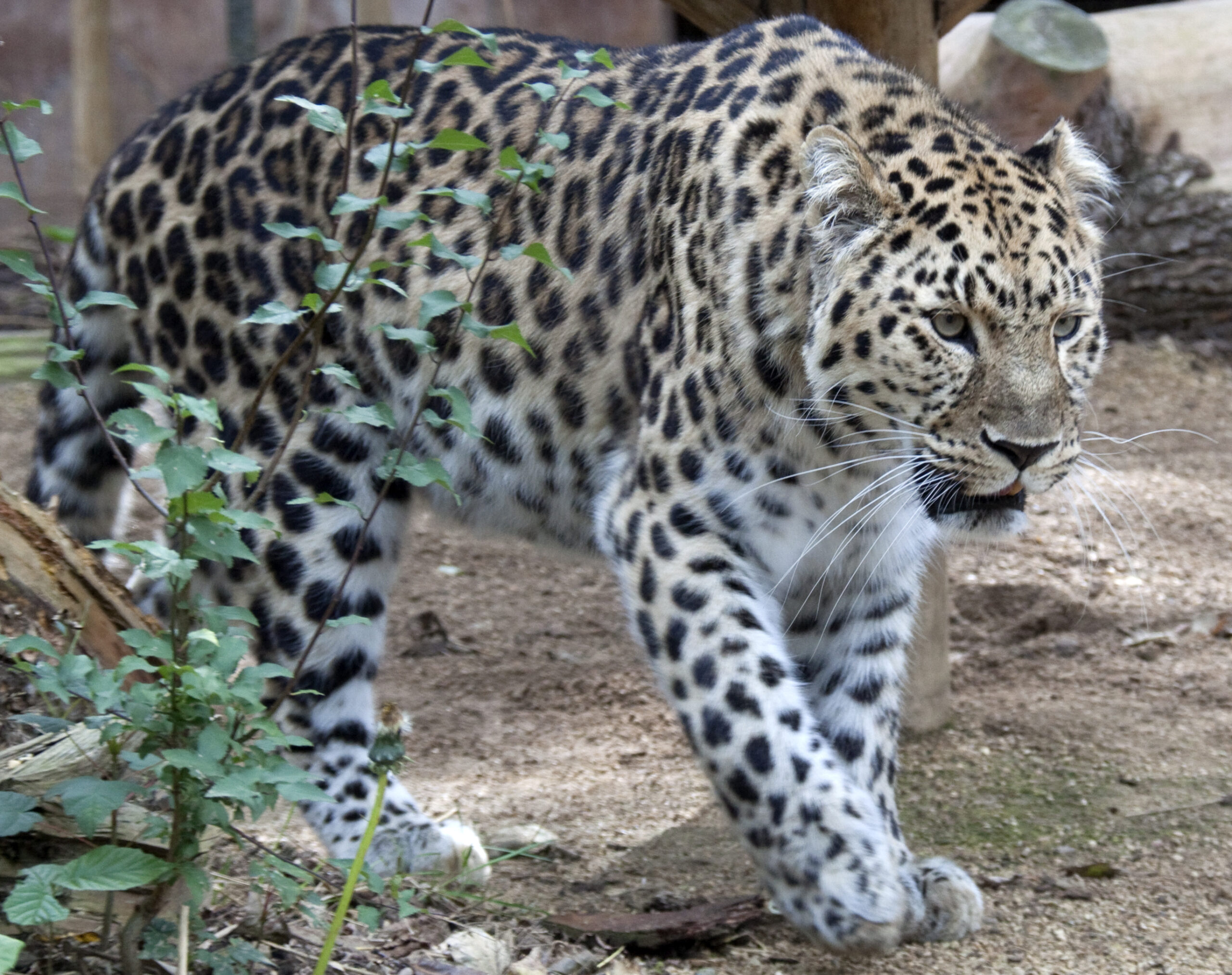

34
amphibians / 0 endemic
443
birds / 18 endemic
274
mammals / 19 endemic
88
reptiles / 3 endemic
Information on this page was sourced from the CIA World Factbook and the Half-Earth Project Map.

